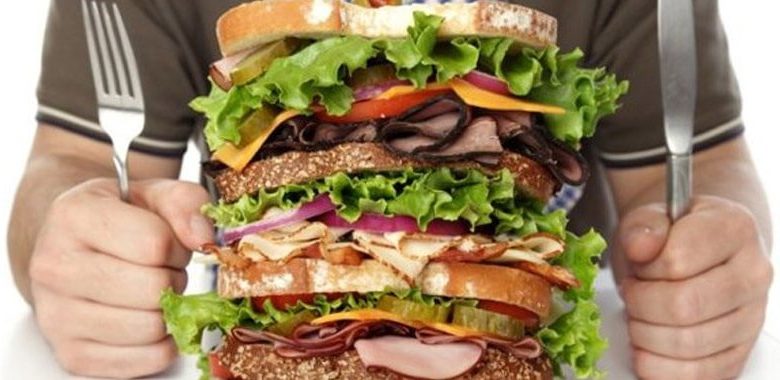18/09/2023
6320 times read
18/09/2023
6320 times read

KUWAIT CITY, Sept 18: Dr. Wafa Al-Hashash, a consultant specializing in Internal Medicine, Gastroenterology, and Hepatology, shared insights from a January 2022 study indicating that approximately 20 percent of Kuwait's population, roughly 940,000 individuals, grapples with what is commonly referred to as "food addiction." This condition, as assessed using the Yale scale, is observed at a similar prevalence rate of 20 percent globally.
Dr. Al-Hashash described "food addiction" as a pattern of behavior characterized by excessive consumption of high-energy foods, an insatiable appetite, and a compulsion to eat despite not having a physical need for nourishment. Notably, this condition is often associated with foods containing sugar, wheat, or a combination of both.
She emphasized that "food addiction" operates similarly to substance addiction, targeting the same neurotransmitters in the brain and influencing the brain's reward centers. This influence results from the stimulation of dopamine production, leading to feelings of happiness and euphoria. Over time, individuals may require larger quantities of these foods to attain the same sense of happiness and euphoria due to a decrease in dopamine receptors—a mechanism akin to drug addiction.
Dr. Al-Hashash explained that "food addiction" is evaluated using specialized tools designed to adhere to diagnostic standards comparable to other addictive disorders. These tools, like the Yale scale introduced in 2009, assess food addiction based on specific diagnostic criteria.
She also noted that women are more susceptible to this type of addiction, with research showing that approximately 24 percent of women are affected. Among individuals over the age of 35, the prevalence stands at about 22.2 percent, rising to 24.9 percent for those who are overweight. Additionally, individuals with eating disorders experience a significantly higher rate of 57.6 percent. The incidence of food addiction tends to increase in cases of anxiety, depression, and social isolation, as witnessed during the COVID-19 pandemic.
Dr. Al-Hashash stressed that foods associated with addiction typically contain sugars, wheat, or both. Examples include pizza, chocolate, potato chips, French fries, burgers, cheese, pastries, and soft drinks, among others.
She pointed out that diagnosing addiction symptoms does not involve blood tests but relies on recognizing specific behaviors, such as an intense craving for these foods despite recently eating a nutritious meal, an inability to stop eating even when feeling full, rationalizing the consumption of desired foods, and repeated unsuccessful attempts to quit these eating habits.
Dr. Al-Hashash recommended seeking consultation with a gastroenterologist to explore potential underlying organic causes of food addiction behaviors. Additionally, she encouraged the use of behavioral and therapeutic techniques and created a list outlining the pros and cons of lifestyle and exercise choices as part of a comprehensive approach to address this condition.
By Fares Al-Abdan
Al-Seyassah Staff


